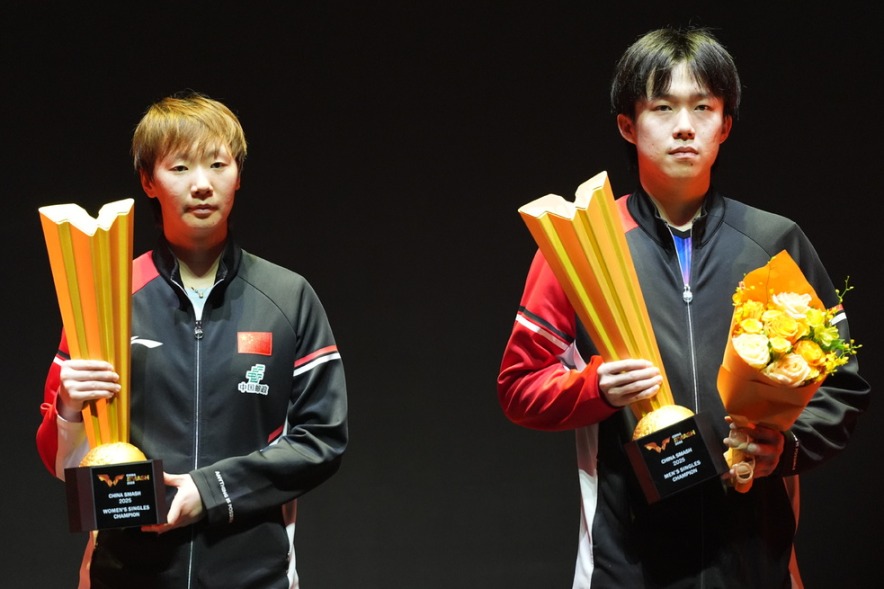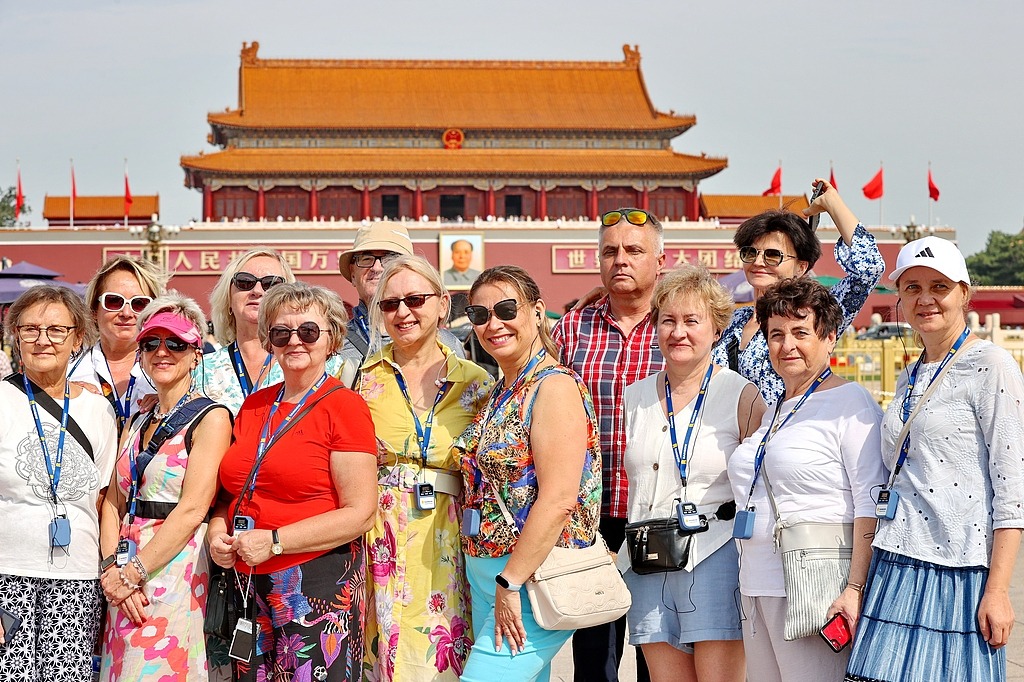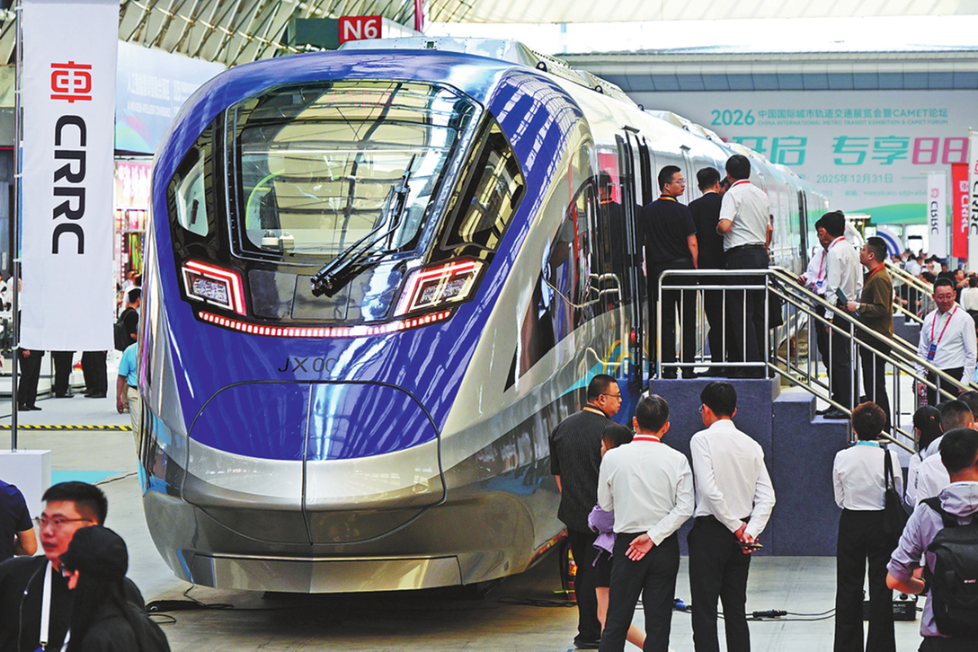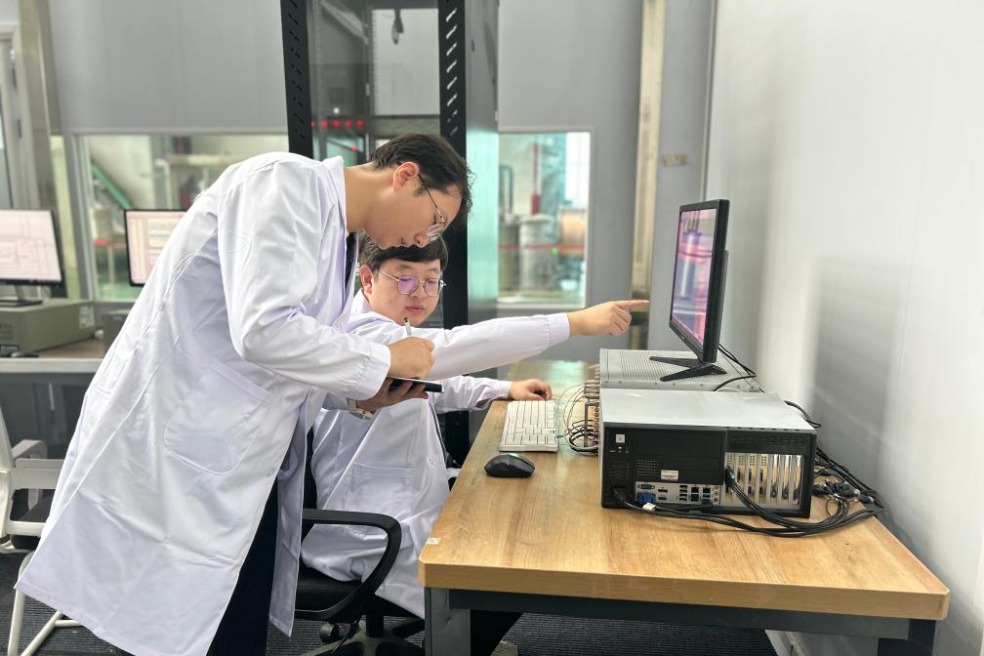BULL MARKET
National Art Museum celebrates strength and modesty of the ox with range of works spanning decades, Lin Qi reports.

French sculptor Jean Cardot was, in more ways than one, a monumental artist. Two months after he died, the 90-year-old artist's work, Bull Under the Sun, was unveiled in December in Beijing, as part of a long-term display in the National Art Museum's sculpture park.
Cardot is noted for creating three seminal statues which grace the streets of Paris: Thomas Jefferson (on the Left Bank of the Seine), Winston Churchill (on the Right Bank) and Charles de Gaulle (on the Champs-Elysees).
He donated 11 works including the bull sculpture to the National Art Museum in 2019.
Bull Under the Sun reflects Cardot's belief in the truth and power of traditions.
It was created in 1968. Didier Bernheim, a member of the French Academy of Fine Arts, says Cardot was inspired by Spanish bullfighting to make a series of bull sculptures.
Bull Under the Sun faces the likeness of Lu Xun, a statue by Chinese artist Zhang Wenxin, which is positioned right across the road. The placement is no coincidence as Lu Xun, a leading figure of modern Chinese literature, once famously said: "I serve my people with my head bowing like a willing ox."
The rich spiritual qualities represented by the ox, reflected in the two works, are at the heart of The Vitality of Art, an exhibition set to run until March 27 at the National Art Museum of China.
The exhibition, to celebrate the Year of the Ox in the Chinese lunar calendar, comprises nearly 600 works, including paintings, prints, sculptures, calligraphic works and photos.
The works, largely gathered from the National Art Museum's collection, occupy all six floors of the museum's exhibition space as well as the sculpture park in its outdoor compound.
Wu Weishan, the museum director, says the artworks on show not only depict the ox as a symbol of diligence, dedication, endeavor and strength, but they also portray working people who embody these fine qualities.
He says the show pays tribute to every unsung hero engaging in arduous work at the grassroots level and marks the continuous progress of human civilization and the inheritance of Chinese cultural traditions.
"By hailing the spirit of ox, we highlight the spirit of unremitting self-improvement, devotion and the guts of pioneering new trails which define our national spirit," Wu says.
Examples of the oxen depicted as the embodiment of the national spirit include the bronze sculpture Kneeling Steer made by late Chinese-born French artist Hsiung Ping-ming in 1969. It was donated to the National Art Museum by Hsiung's widow Lu Bing'an, in 2019.
Hsiung is noted for creating a series of ox sculptures to represent hard work, integrity and unpretentiousness in Chinese culture.
He made several sculptures depicting a steer kneeling down on its forelegs. He himself once said that the steers showed "a nation's willingness to endure a heavy load and embark upon a long journey".
Wu says, in the 1960s, Hsiung once showed such a piece he had just completed to childhood friend and theoretical physicist Yang Zhenning, who named the work "ruziniu (a willing steer)".
"His motherland, as well as varying types of oxen laboring on its fields, came to his mind, reminding him of his home culture and inspiring his thoughts on life," says Wu, who worked with Hsiung when he visited Nanjing, Jiangsu province, in the 1990s.
Similar cultural lineage can also be seen in the paintings by prominent artists Qi Baishi and Li Keran, also a noted duo of teacher and student. Both works depict a common motif in classical Chinese paintings, a cowboy on a bull's back set against a poetic landscape.
Wu says the two paintings show the passing down of Chinese artistic legacies, the refinement of brushwork and a scholarly temperament, and the energies the artists invested in ushering this ink tradition to a modern era.
The exhibition also has a special section dedicated to works created in honor of medical workers.
The National Art Museum was forced to shut down from January to May last year, during the COVID-19 pandemic. It hosted several online exhibitions on its website and WeChat account to show medical-themed works, either already in its collection or those made by artists following an initiative by Wu, the director.
Some of these works are featured in the current exhibition.
They include iconic paintings from the 1950s and throughout the 1980s, such as Doctor by noted oil painter Jin Shangyi, which portrays a tired doctor leaning back in his armchair. Also, there are more recent works which highlight the bravery and sense of duty of the medical workers during their fight against SARS in 2003 and last year's battle with COVID-19.
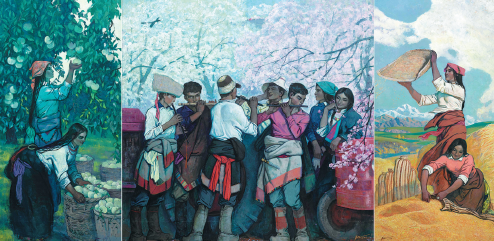
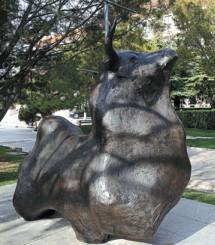
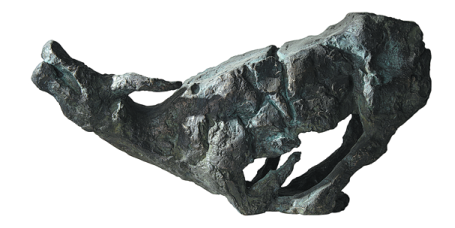
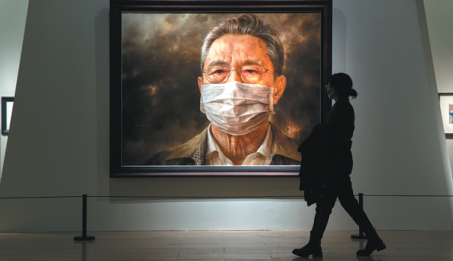
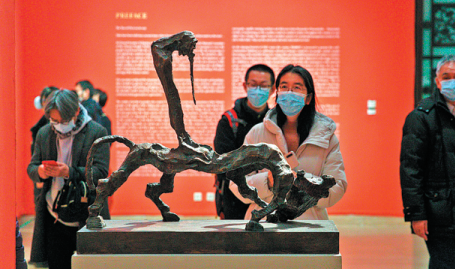
Today's Top News
- Understanding the certainties of China's high-quality development
- Chinese FM to visit Italy, travel to Switzerland
- Takaichi's rise testing time for ties in region
- Trump tells Israel to 'stop' bombing after Hamas ceasefire response
- Japan poised to have first female PM after Takaichi victory
- Xi, Bangladeshi president exchange congratulations on 50th anniversary of ties
















